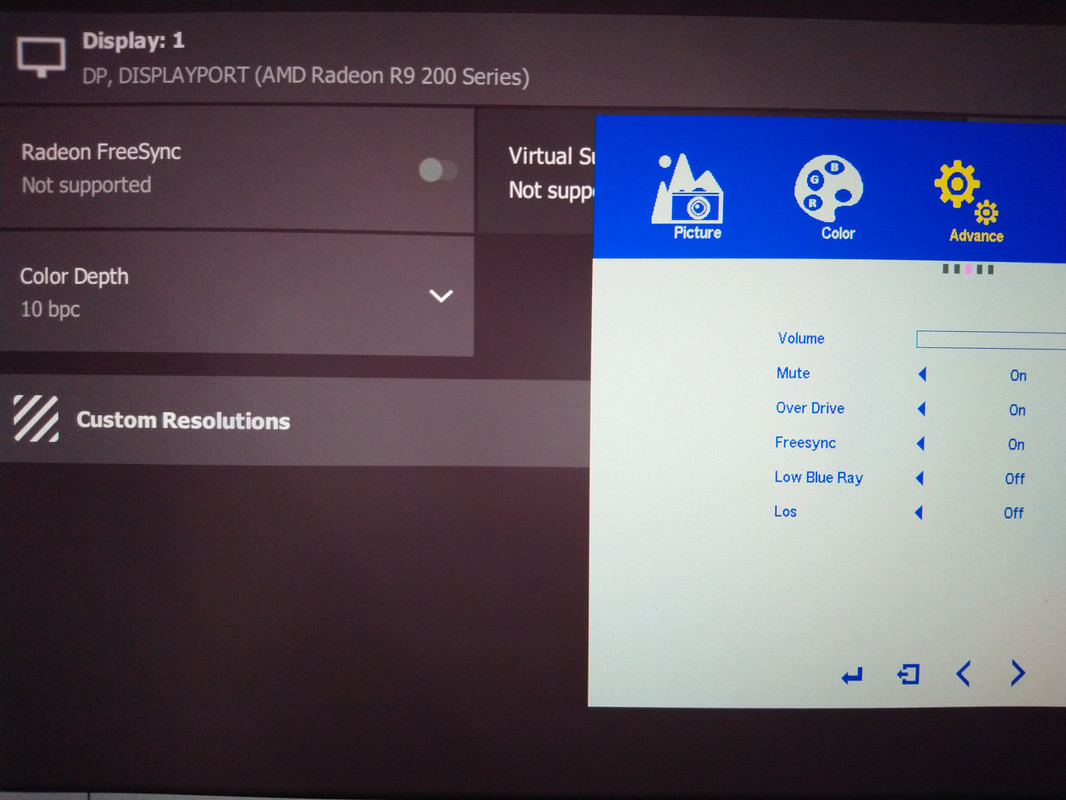
In terms of what panel it is, the RTD2795 controller menu says it's AUO M270QAN01. Didn't find anything about VRR in the spec sheet for that panel, though.

It's a subtlety that also affects NVIDIA native G-SYNC -- further back you even have ambiguities. Sometimes what is supported isn't, because of other complicating factors such as NVIDIA Optimus (co-operation with Intel GPU). Regardless of vendor, once you're at least one to two generations ahead of the minimum, the "Unsupported" problems are much less.LagBuster wrote: ↑07 Dec 2019, 10:27Ok, I get it now... AMD's FreeSync FAQ says GPU support is from HD 7000 series 2012, but in reality it's from 2nd gen GCN, which started with the HD 7790 2013... No idea why the FAQ doesn't just say that.
Anyway, don't really mind because I have a new GPU coming in a few days.

Forum Rules wrote: 1. Rule #1: Be Nice. This is published forum rule #1. Even To Newbies & People You Disagree With!
2. Please report rule violations If you see a post that violates forum rules, then report the post.
3. ALWAYS respect indie testers here. See how indies are bootstrapping Blur Busters research!
Yep. That's partly why I bought the 1660 Super, to avoid any sort of compatibility issues and lack of features. It was definitely high time for an upgrade...Chief Blur Buster wrote: ↑07 Dec 2019, 13:51It's a subtlety that also affects NVIDIA native G-SYNC -- further back you even have ambiguities. Sometimes what is supported isn't, because of other complicating factors such as NVIDIA Optimus (co-operation with Intel GPU). Regardless of vendor, once you're at least one to two generations ahead of the minimum, the "Unsupported" problems are much less.
Do G-SYNC Compatible displays work on both DisplayPort and HDMI with GeForce GPUs?
G-sync Compatible displays will only support variable refresh rate over DisplayPort when connected to GeForce Pascal or Turing GPUs.
Win 7, so maybe you're right.